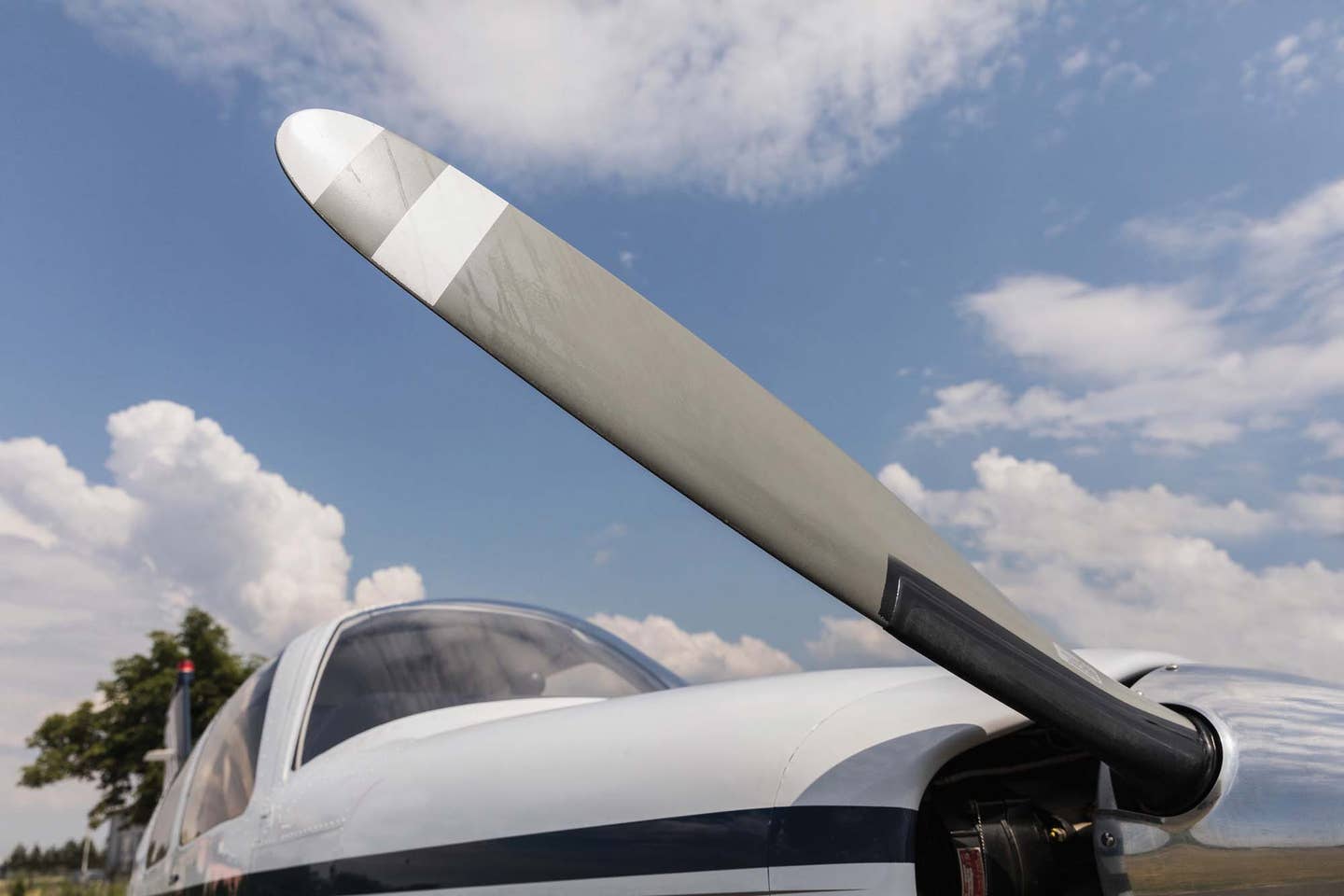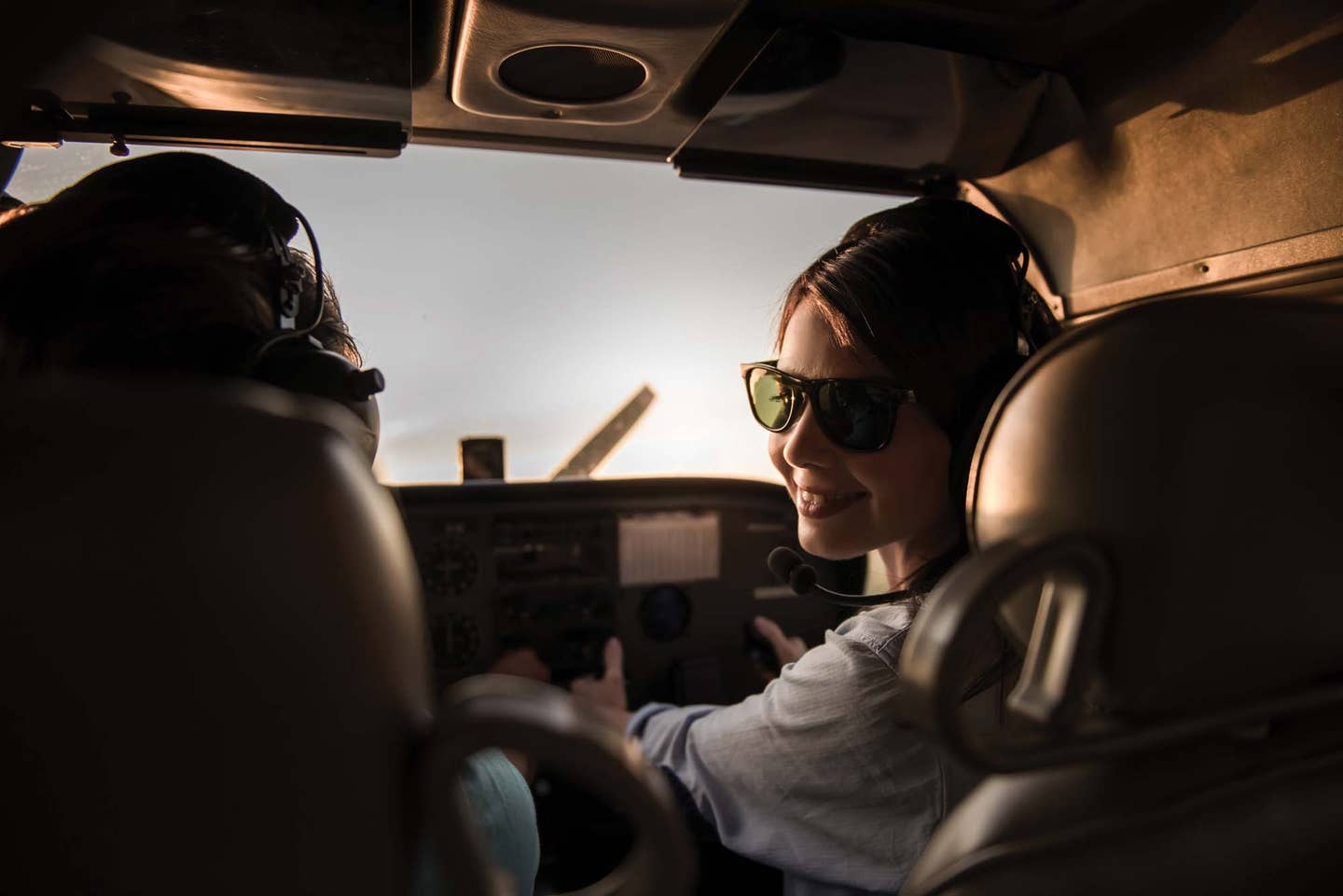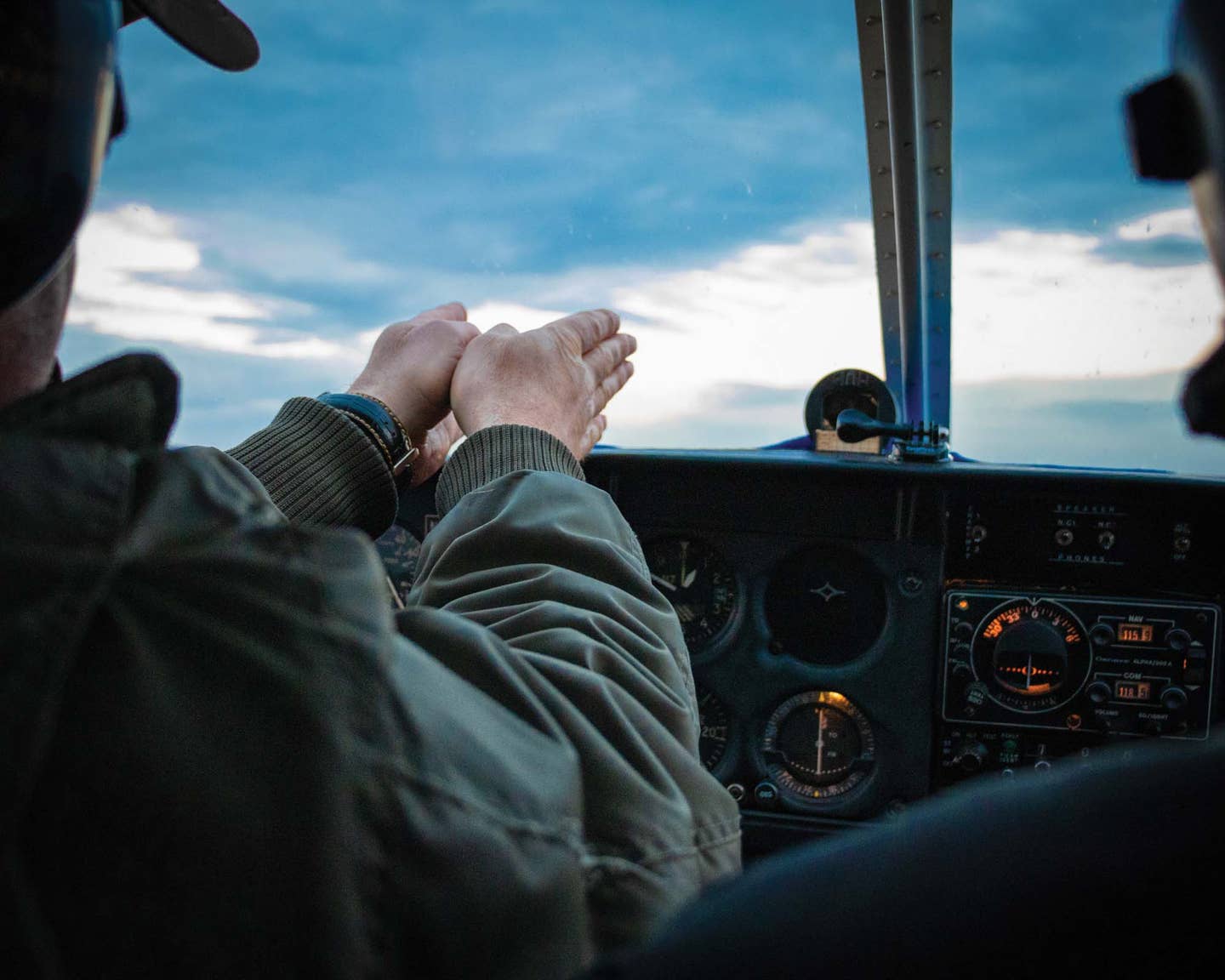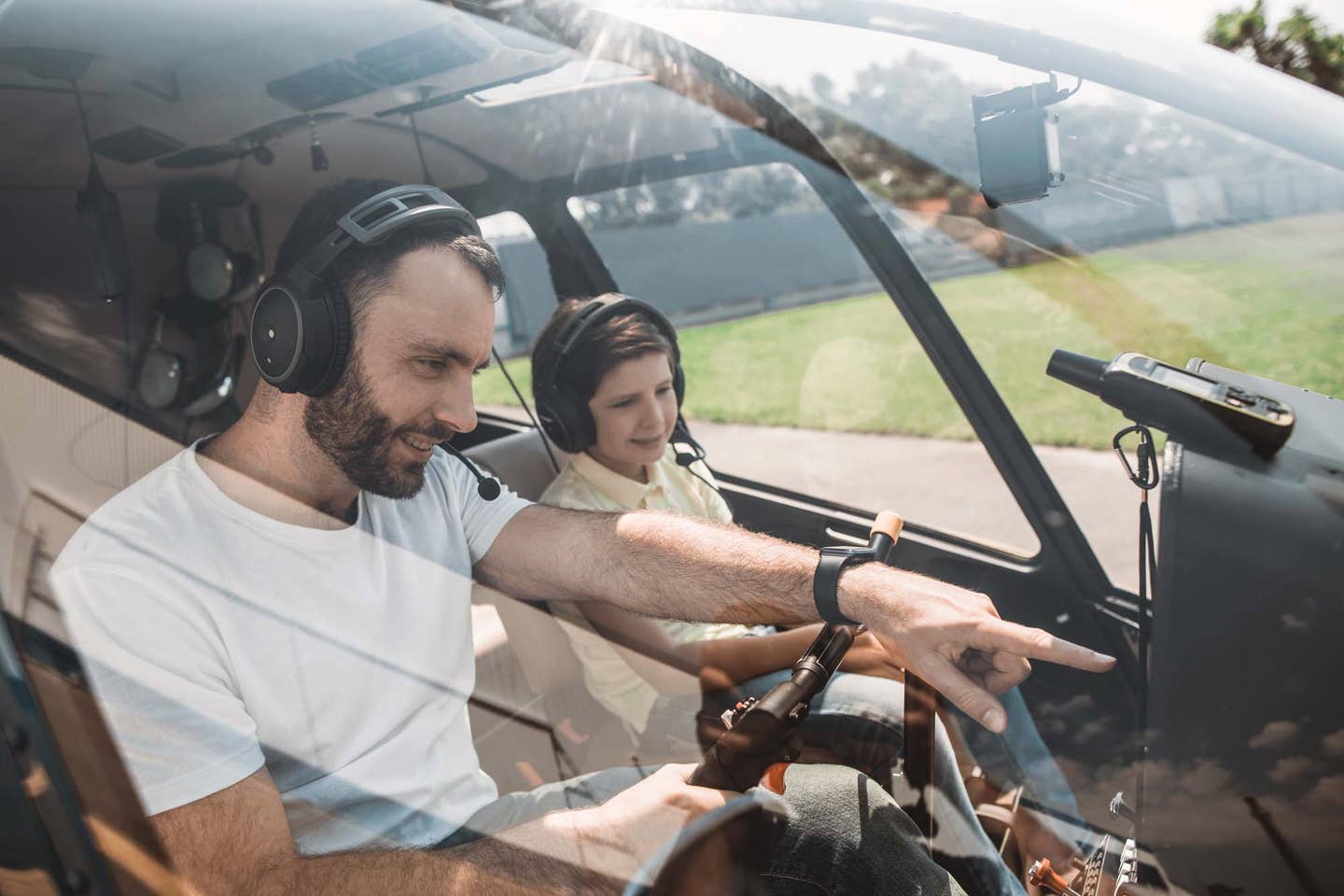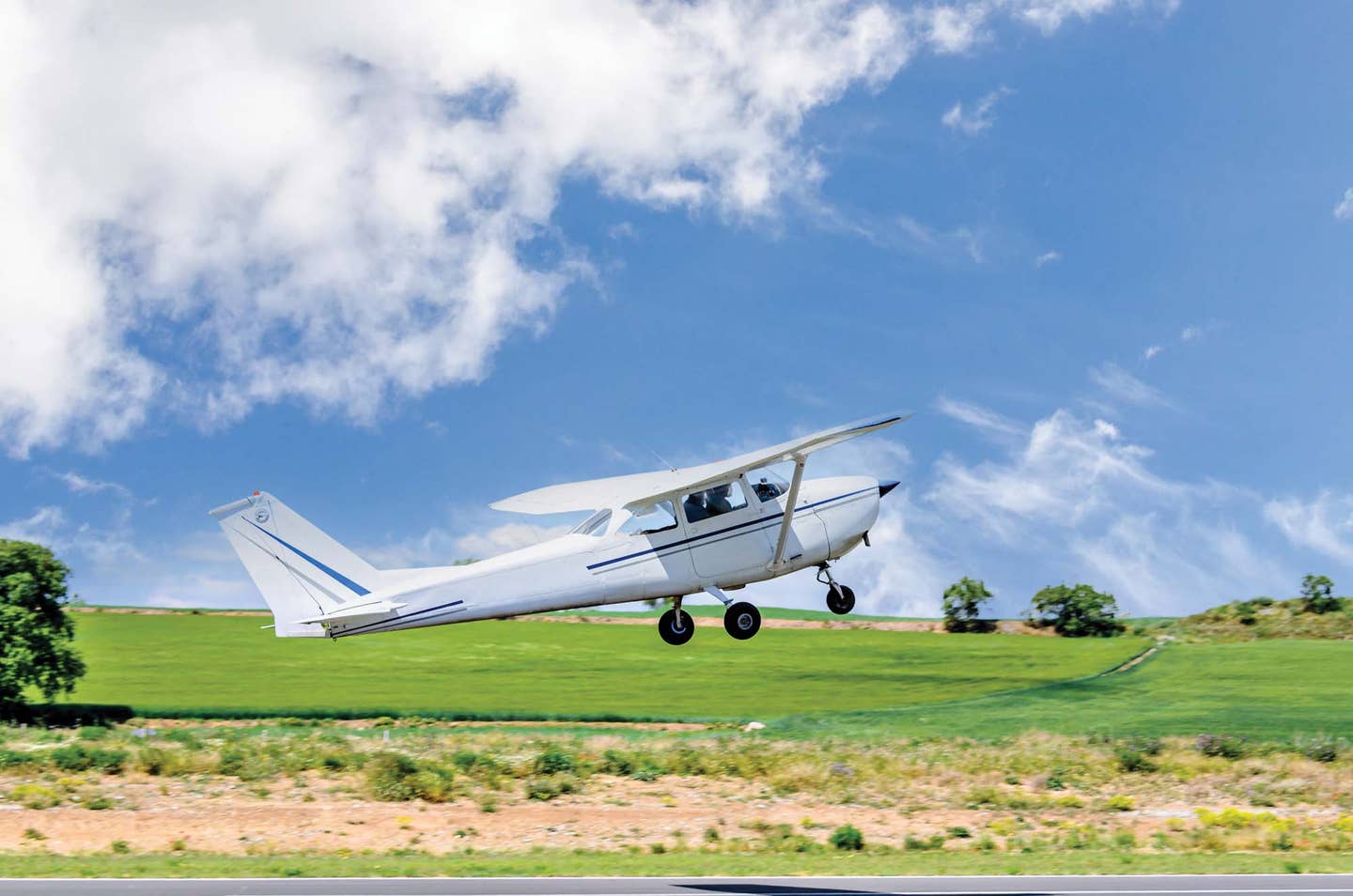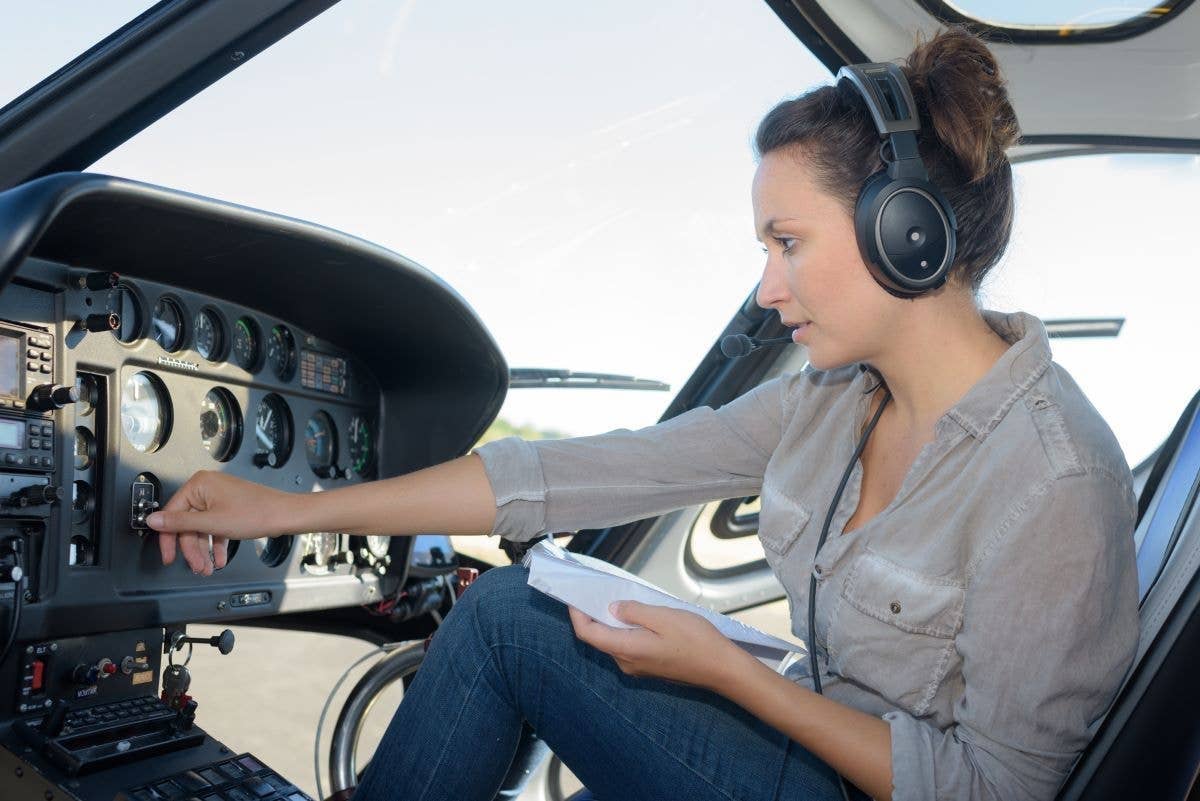Pro Tips For Private Pilots: Descend Like A Jet Jockey
Use this simple rule to nail your descent planning every time.
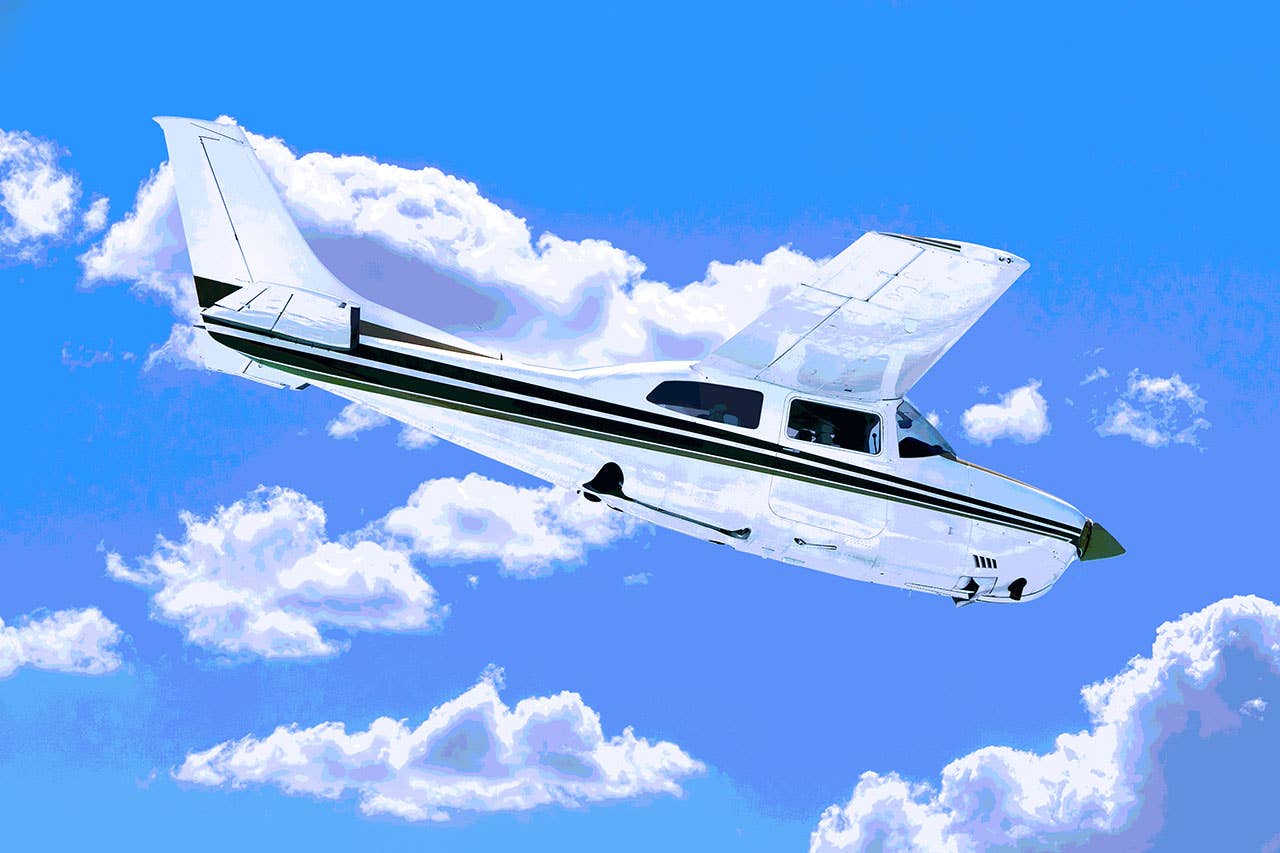
A Cessna 210 Descending
Long ago, in a time before cockpit automation, VNAV, TOD and all those abbreviations, early jet pilots---think Top Gun---had to figure out how to start down from the flight levels in order to arrive at the runway in an organized manner. Descend too rapidly and risk extensive low-altitude flying with very thirsty jet engines and angry passengers. Descend too slowly and encounter the dreaded high and hot final approach. The goal was to arrive at the final approach fix, or pattern entry altitude, in time to deploy the gear and flaps and get the aircraft ready for a stabilized final approach. But how to do it?
Now, don't think for a minute that "Maverick" was in the mood to do "math in public" every time he started a descent back to terra-firma. Heavens no! He and "Iceman" just used an easy-to-remember rule for descents, a rule we too can use in our piston-powered steeds, even if it is just to one-up the black boxes.
The rule goes like this: Start the descent at three times the altitude to lose plus whatever mileage will be required to configure and land. The key is the time-honored 60 to 1 rule. It states that the circumference of a circle with a radius of 60 nautical miles is a little more than 360 nautical miles. So, one degree at 60 nm equals one nautical mile (6,074 ft, to be specific). Thus, a one-degree pitch change at 1 nautical mile equals approximately 100 feet. Change the pitch attitude to a comfortable yet efficient 3.3 degrees nose down, and a mile later the aircraft will be 333 feet lower! Ninety miles later, 30,000 feet lower. For a jet traveling at .7 Mach (7 miles a minute), that 3-degree pitch change yields a comfortable 2,331 fpm descent rate (333 x 7, for those scribbling numbers on your scratchpad!). Having both feet per minute and per mile at the pilot's disposal makes all the difference.
So, the next time you find yourself at 11,000 feet over the Sierras descending to a 1,000-foot pattern altitude on the California coast, quickly calculate 10,000 feet to lose (10) times 3 and start the descent about 30 miles out. Add 5 miles to enter the pattern for a comfortable 35 miles! At about 150 knot groundspeed (2.5 miles per minute), the descent rate should be a comfortable 750 feet per minute. Watch out for strong tailwinds! And even better, during the descent, repeat the calculation every couple thousand feet to check on your progress. Passing 6,000 feet for 1,000 feet, the aircraft should be about 20 miles from the destination (5,000 feet (5) times 3 plus 5).
Using this rule of thumb allows the thinking pilot to arrive at their destination comfortably and safely. This rule is a good crosscheck on the automation and lets you descend the same way Maverick did it!

Subscribe to Our Newsletter
Get the latest Plane & Pilot Magazine stories delivered directly to your inbox

